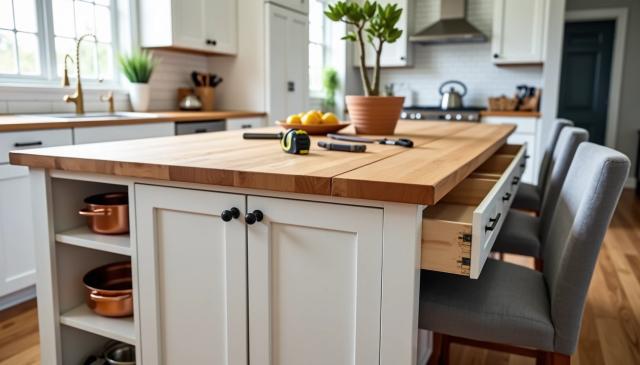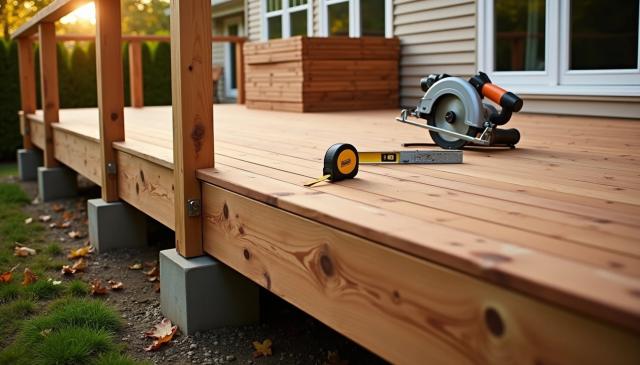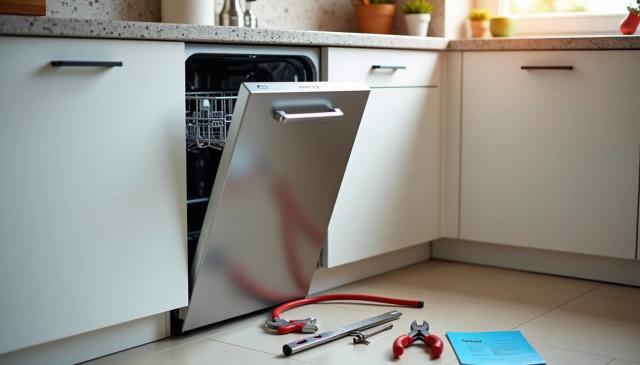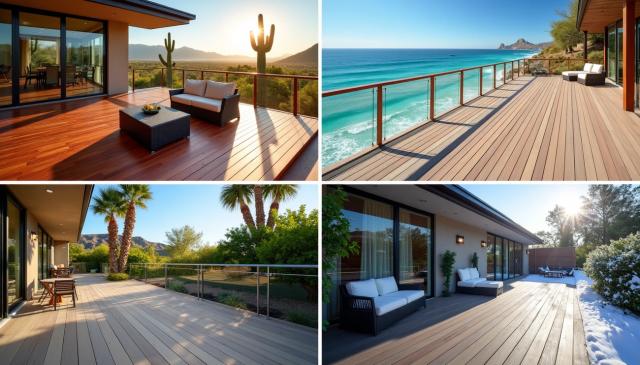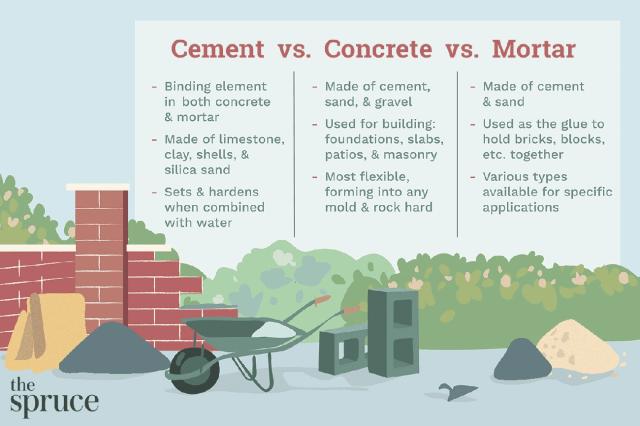2026 Interior Styles: What's Next in Home Decor
Interior design in 2026 is not another trendy whim featuring a new color palette. It reflects a general shift toward slower, more conscious living. Our homes are becoming places of refuge—spaces to pause, recharge, and restore our...





